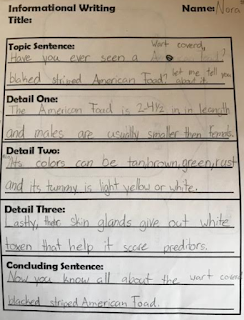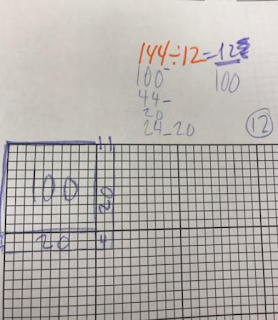Friday, December 21, 2018
Thursday, December 20, 2018
Spelling Bee
The Randall Spelling Bee will be held on Friday, January 18th at 1:15 p.m. The week after break we will be doing spelling bee rounds in our classrooms to determine who our representative and alternate will be. We will do five spelling bee rounds with the 1st, 2nd and 3rd place finishers earning points for each round. All students will have an opportunity to participate. Scoring will be as follows:
1st place = 5 points
2nd place = 3 points
3rd place = 1 point
After the five practice rounds the student with the most points will be our representative. The student with the second most points will be our alternate.
Have fun and good luck!
1st place = 5 points
2nd place = 3 points
3rd place = 1 point
After the five practice rounds the student with the most points will be our representative. The student with the second most points will be our alternate.
Have fun and good luck!
Wednesday, December 19, 2018
Bridges: Callie's Cake Pops Doubling and Halving, and December Number Corner
This December Number Corner works on identifying quadrilaterals, and naming their features.
We are also working on measurement using our height and foot length. We have built line plots and scatter plots using the data.
In Bridges we have been working on multiplication strategies including ratio tables, array models, and doubling and halving.
Here are some examples of how our discussions of strategy play out on paper.
Monday, December 10, 2018
MAP math this week!!
Thursday afternoon we will be doing the Math Measures of Academic Progress assessment.
Thursday, December 6, 2018
Social Studies: The New England, Middle and Southern Colonies
In Chapter 7 of Social Studies Alive we studied the three colonial regions, New England, Middle and Southern Colonies. Students worked on a Problem Solving Group work activity, students created a billboard for one of six British colonies and then tried to persuade other students to settle in their colony with a commercial.
They all worked hard on coming up with slogans, catch phrases, billboards and presentations. Here are pictures of their finished billboards.
They all worked hard on coming up with slogans, catch phrases, billboards and presentations. Here are pictures of their finished billboards.
Writing: Non-fiction
Non-Fiction Writing
Our writing goal this quarter is to write Non-Fiction pieces. Our "I Can" statements include: I can write informative/explanatory tests to examine a topic and convey ideas and information clearly.
We will get to that goal by working on how to organize our writing, so our first lessons were on how to write complete and organized paragraphs. We learned about the three parts to a paragraph, the topic sentences, the detail sentences, and the concluding sentence. The following shows the process we went through to plan and draft our non-fiction writing. Students will be using these rough drafts to produce a picture book page about a chosen animal, that will all be combined to make a class book on animals. Pages will include not just their paragraphs but could also have illustrations, diagrams, maps, charts/graphs, glossary, titles/subtitles etc, which are often found within non-fiction text.
We will get to that goal by working on how to organize our writing, so our first lessons were on how to write complete and organized paragraphs. We learned about the three parts to a paragraph, the topic sentences, the detail sentences, and the concluding sentence. The following shows the process we went through to plan and draft our non-fiction writing. Students will be using these rough drafts to produce a picture book page about a chosen animal, that will all be combined to make a class book on animals. Pages will include not just their paragraphs but could also have illustrations, diagrams, maps, charts/graphs, glossary, titles/subtitles etc, which are often found within non-fiction text.
Bridges: Division using Place Value
Students have been working this week on division of whole numbers using place value models, and base ten grid paper. This is a very new and complicated strategy, but we feel like after a few days students really started getting it. Here are some examples from the text, as well as some student work. Ask your child to explain how they used the base ten models.
Subscribe to:
Comments (Atom)



















































